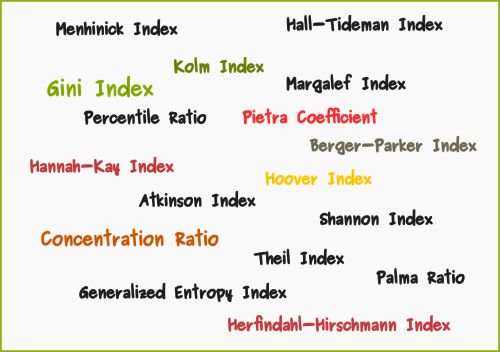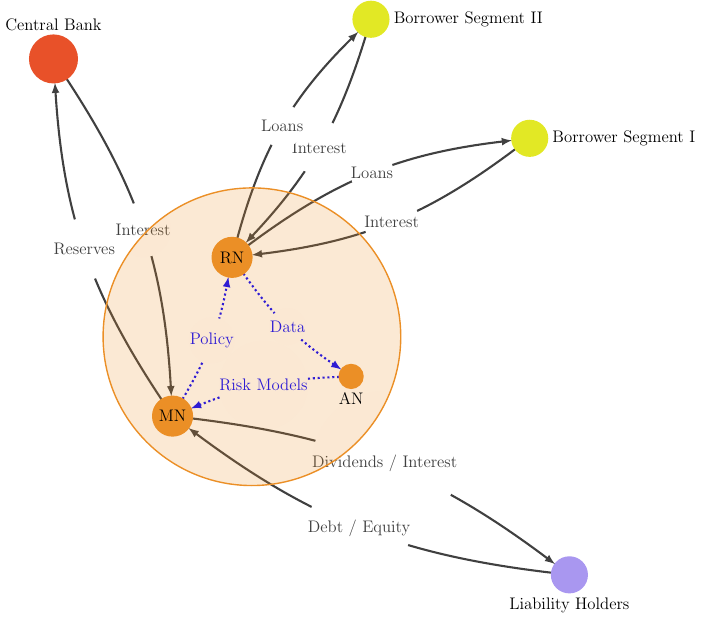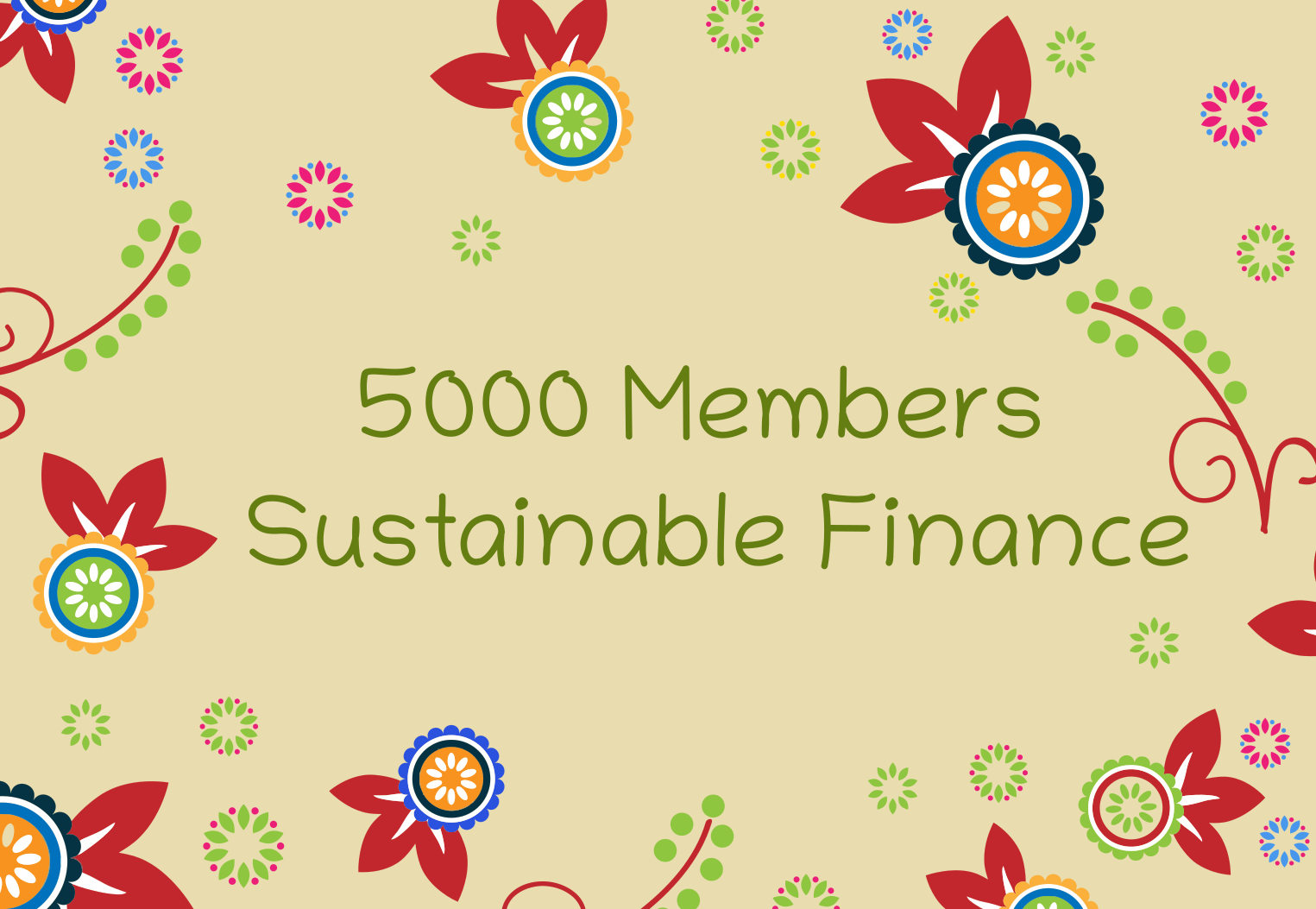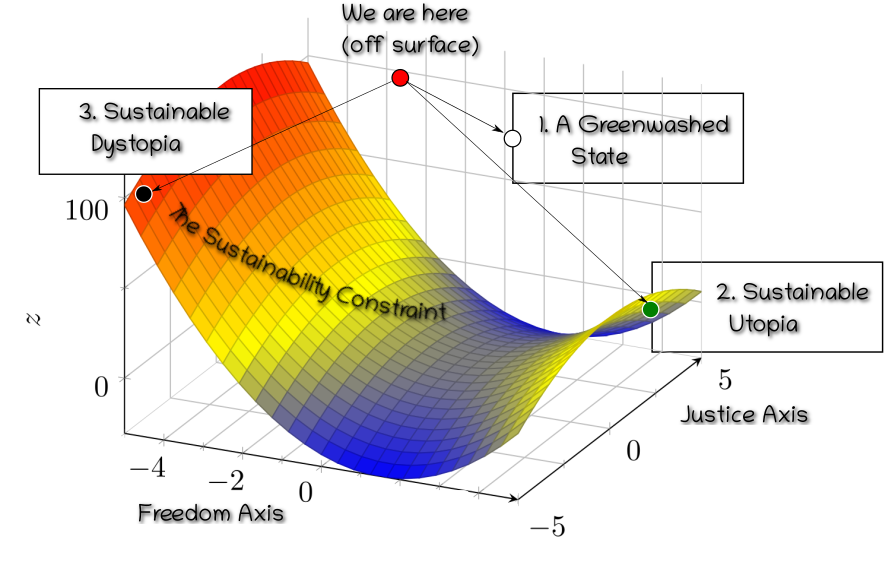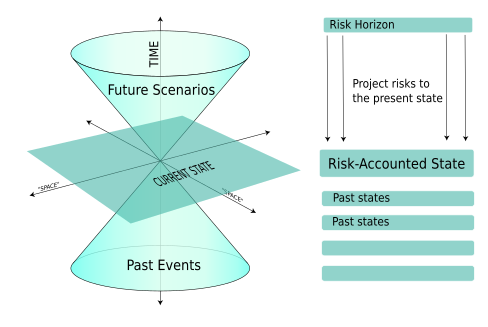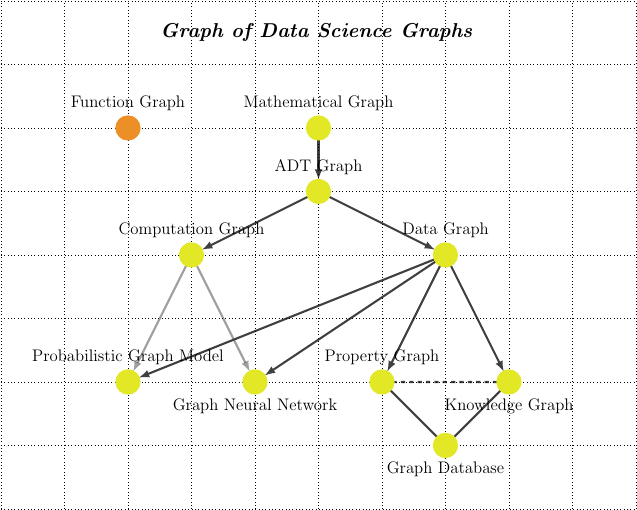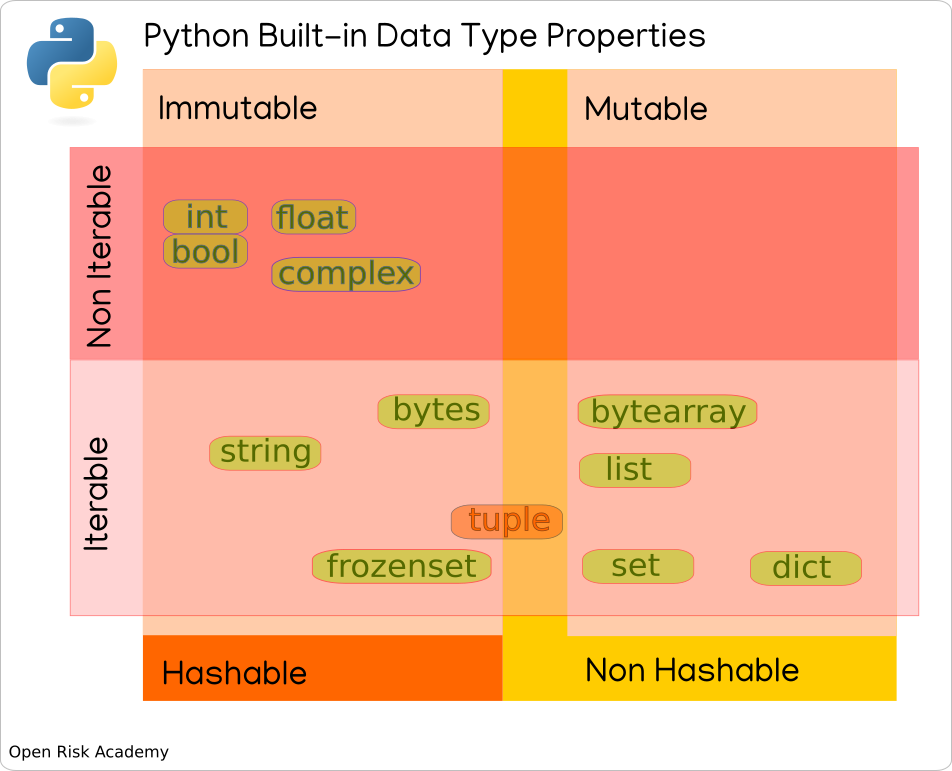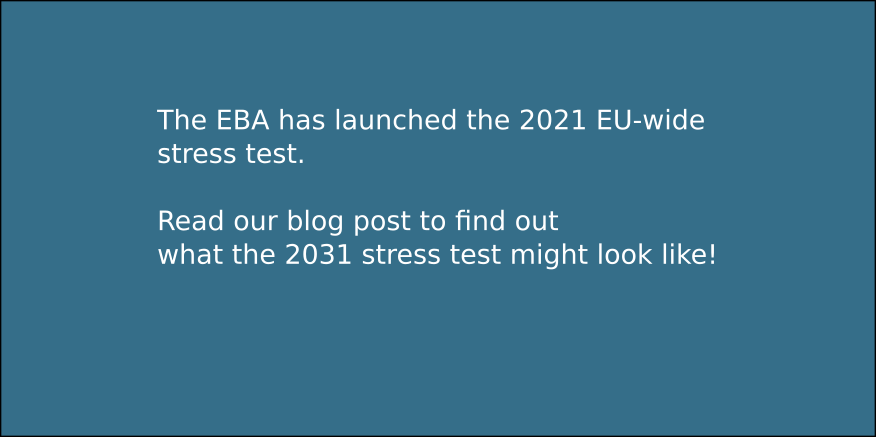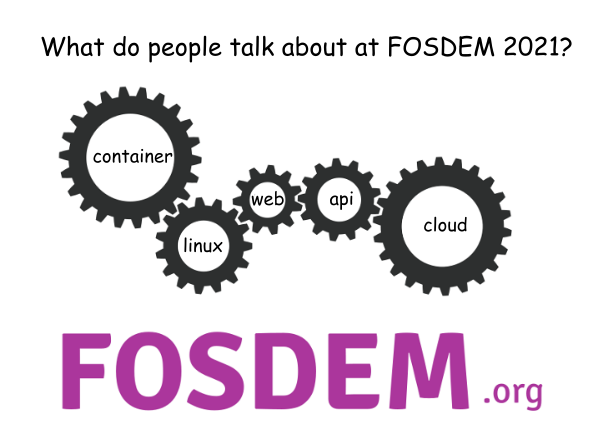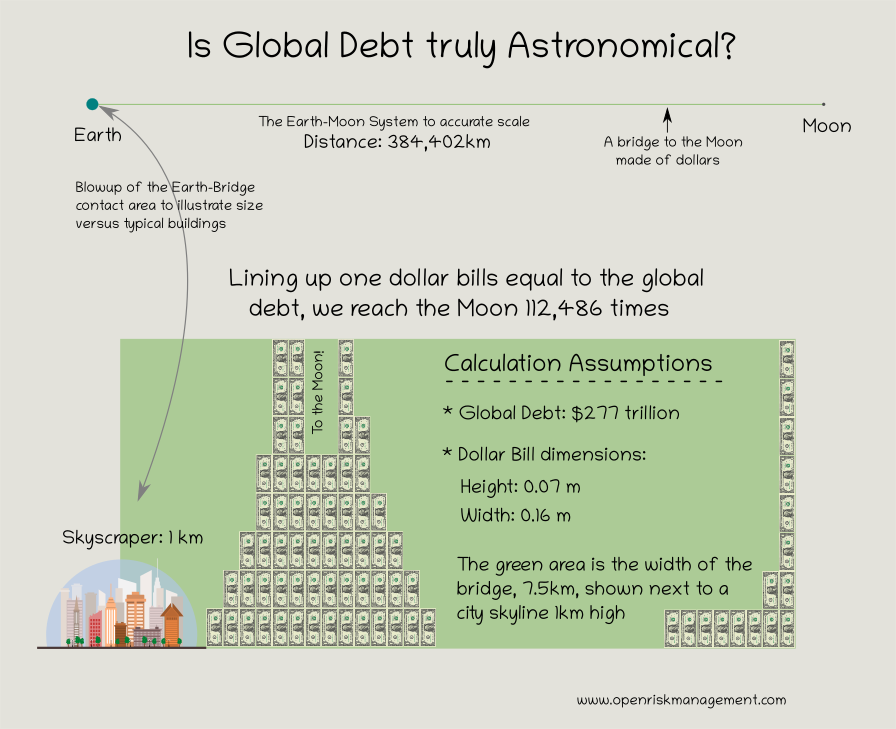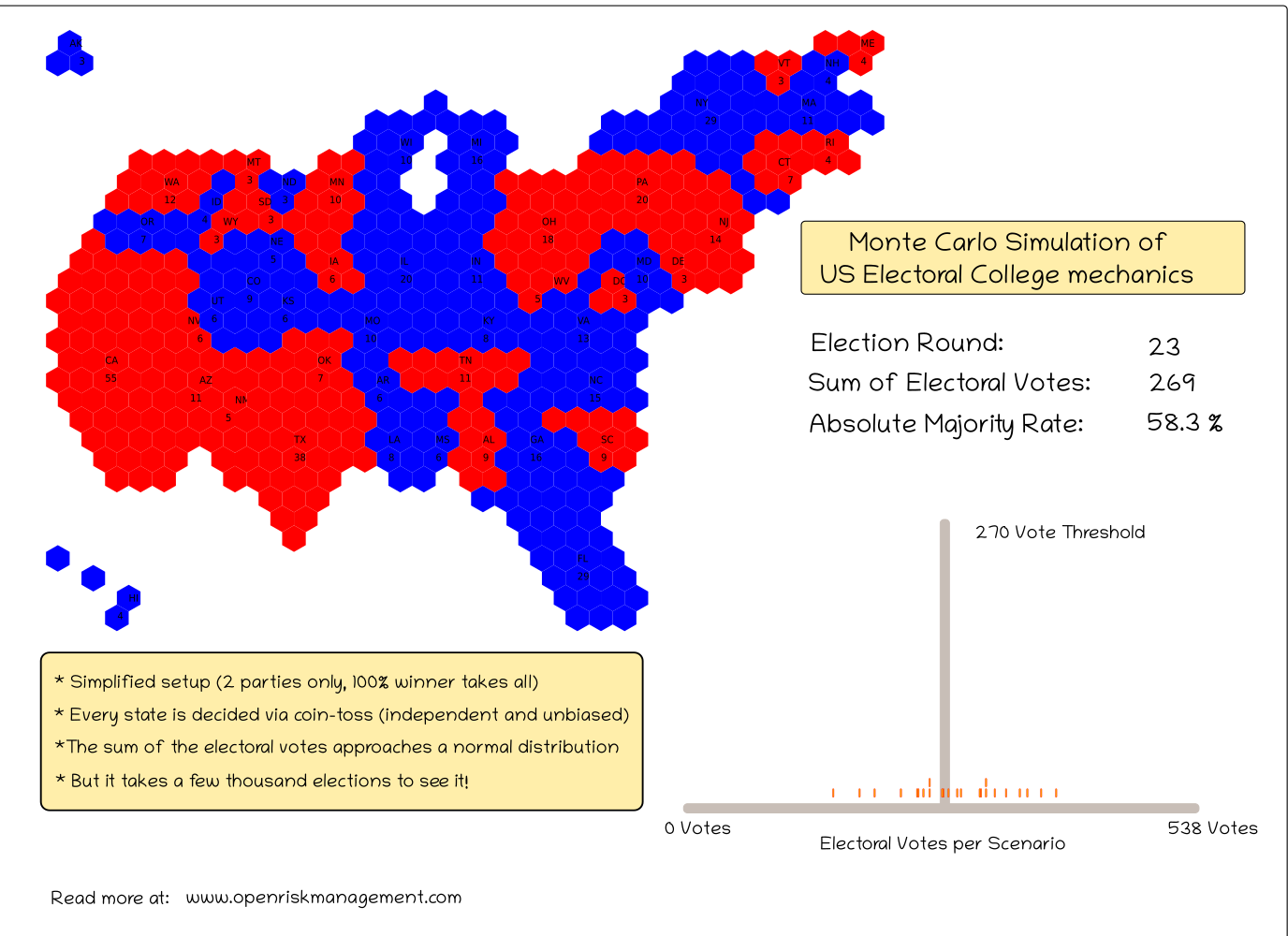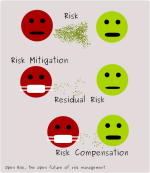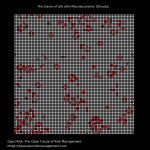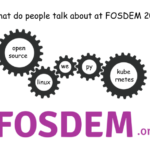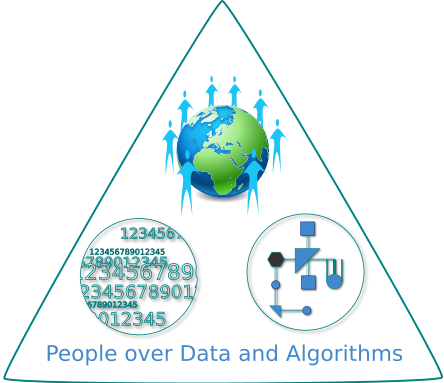
Taking Stock of the United Nations Open Source Principles
In this post we endorse the UN Open Source principles and take stock on their implications for the domains of risk management and sustainable finance. We also take a step back and discuss how open source is an essential ingredient for the PODA manifesto, namely putting people above data and algorithms.
What are the UN Open Source Principles?
The UN Open Source Principles is a set of eight high-level guiding principles that were recently adopted by the UN Chief Executive Board’s Digital Technology Network (DTN). They open a new window and provide guidelines to drive collaboration and Open Source adoption within the UN and globally. They send a strong signal of the importance of open source and how individuals and organisations need to act to benefit but also support a thriving and sustainable open source community.
